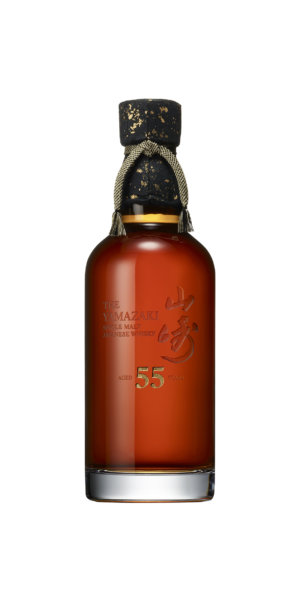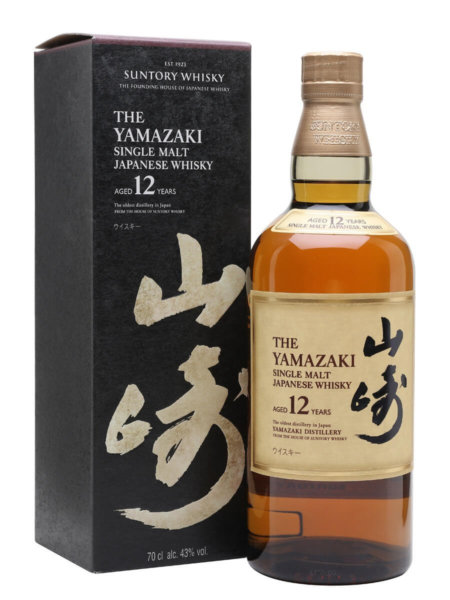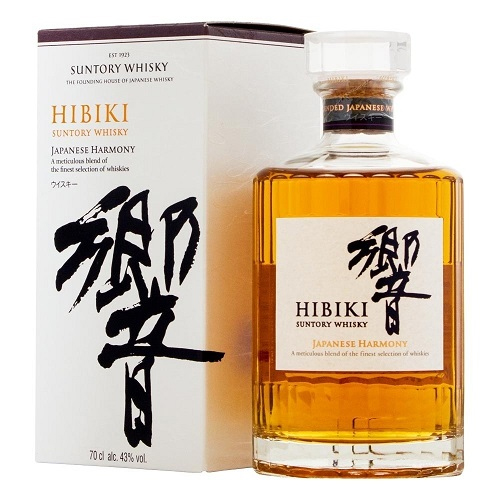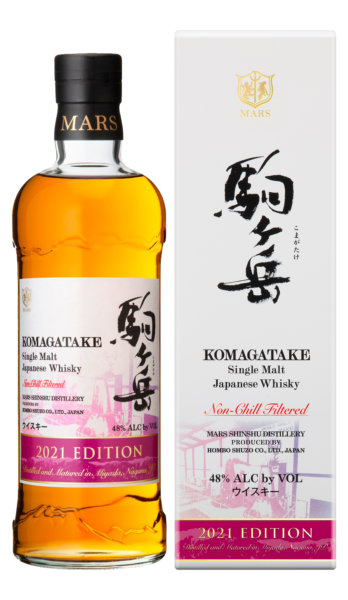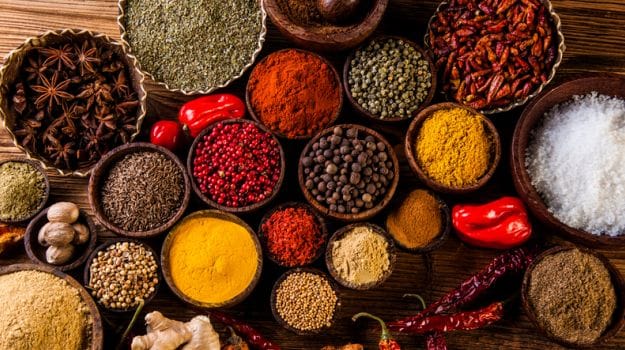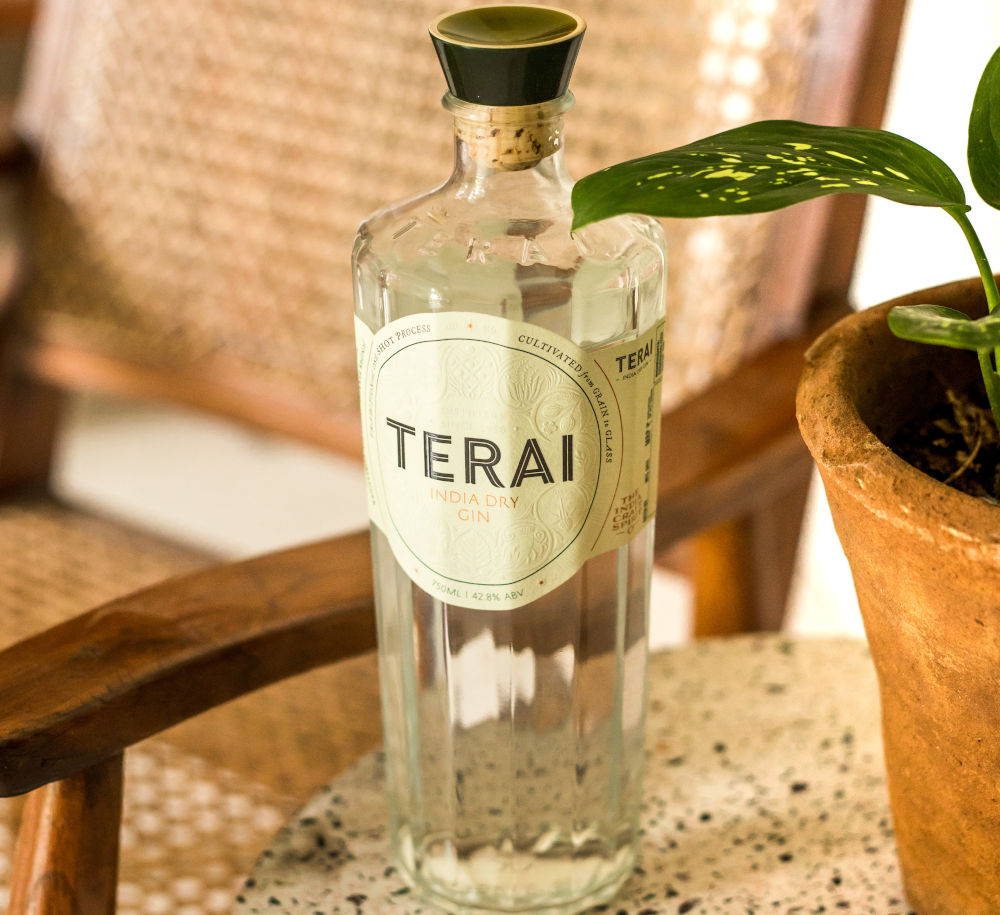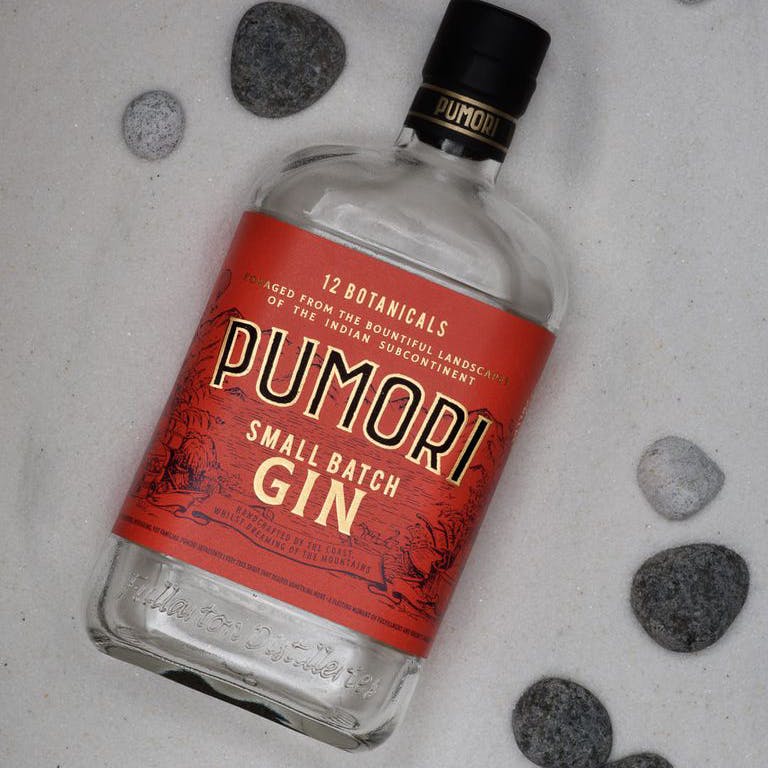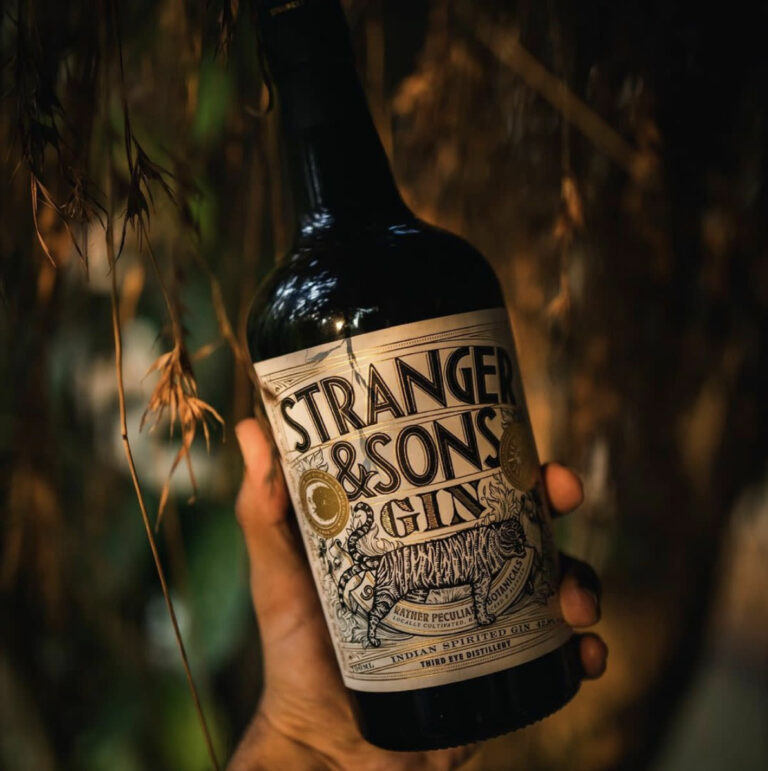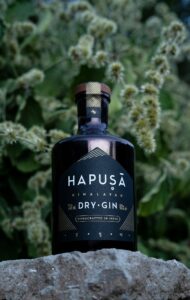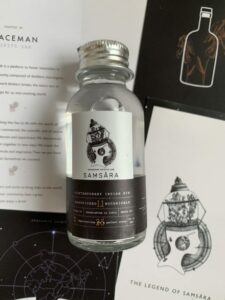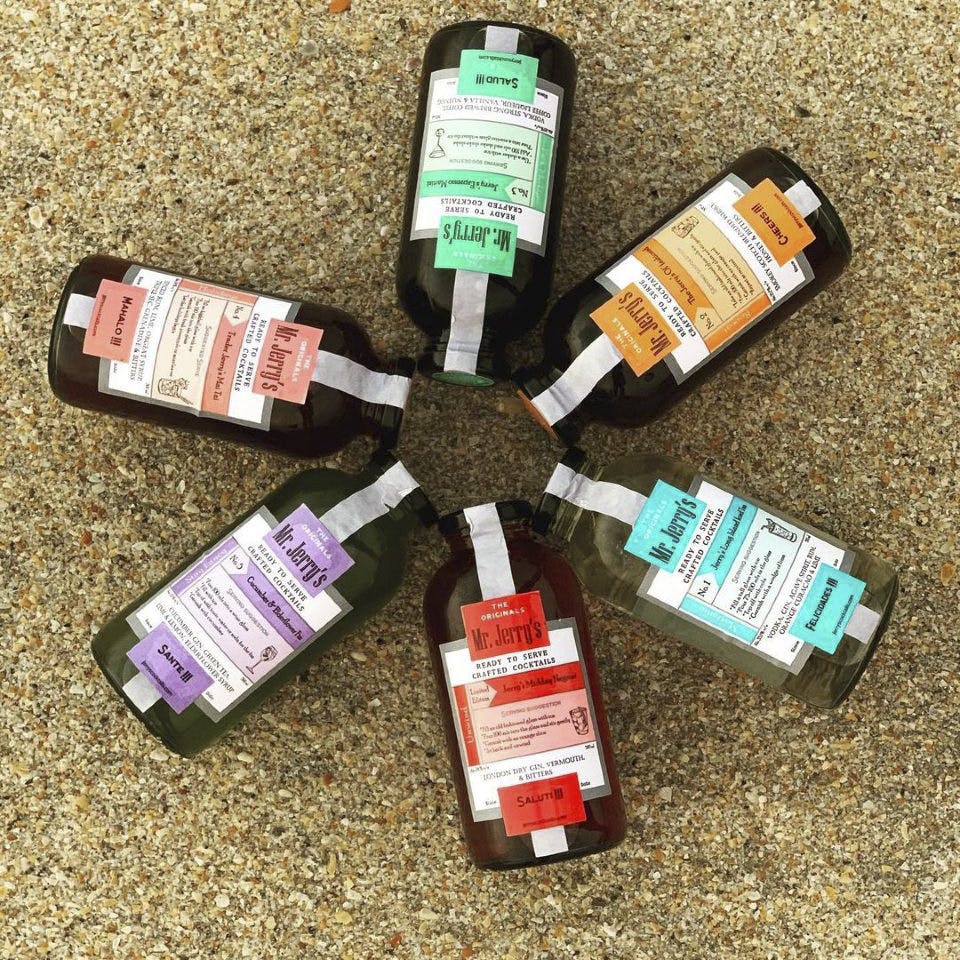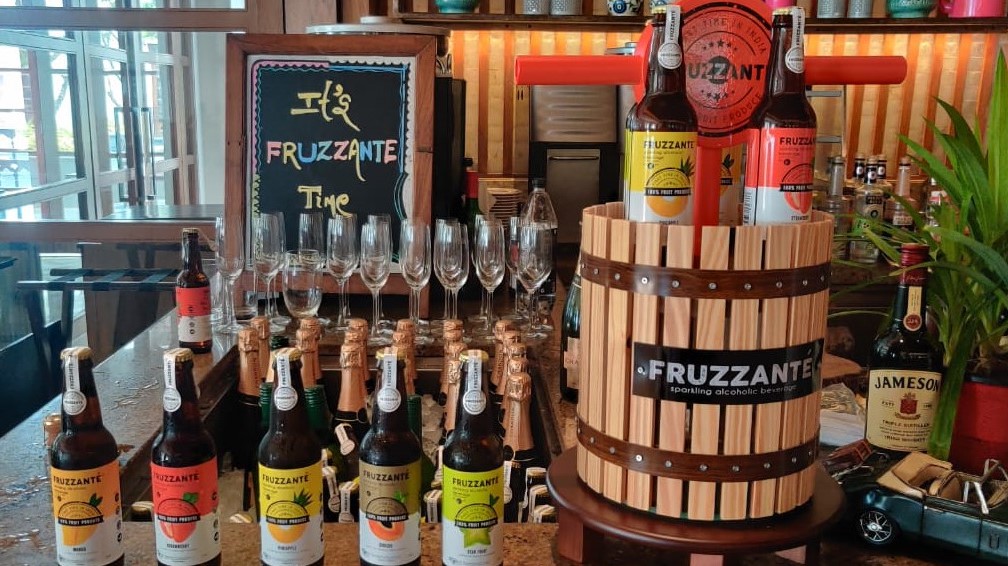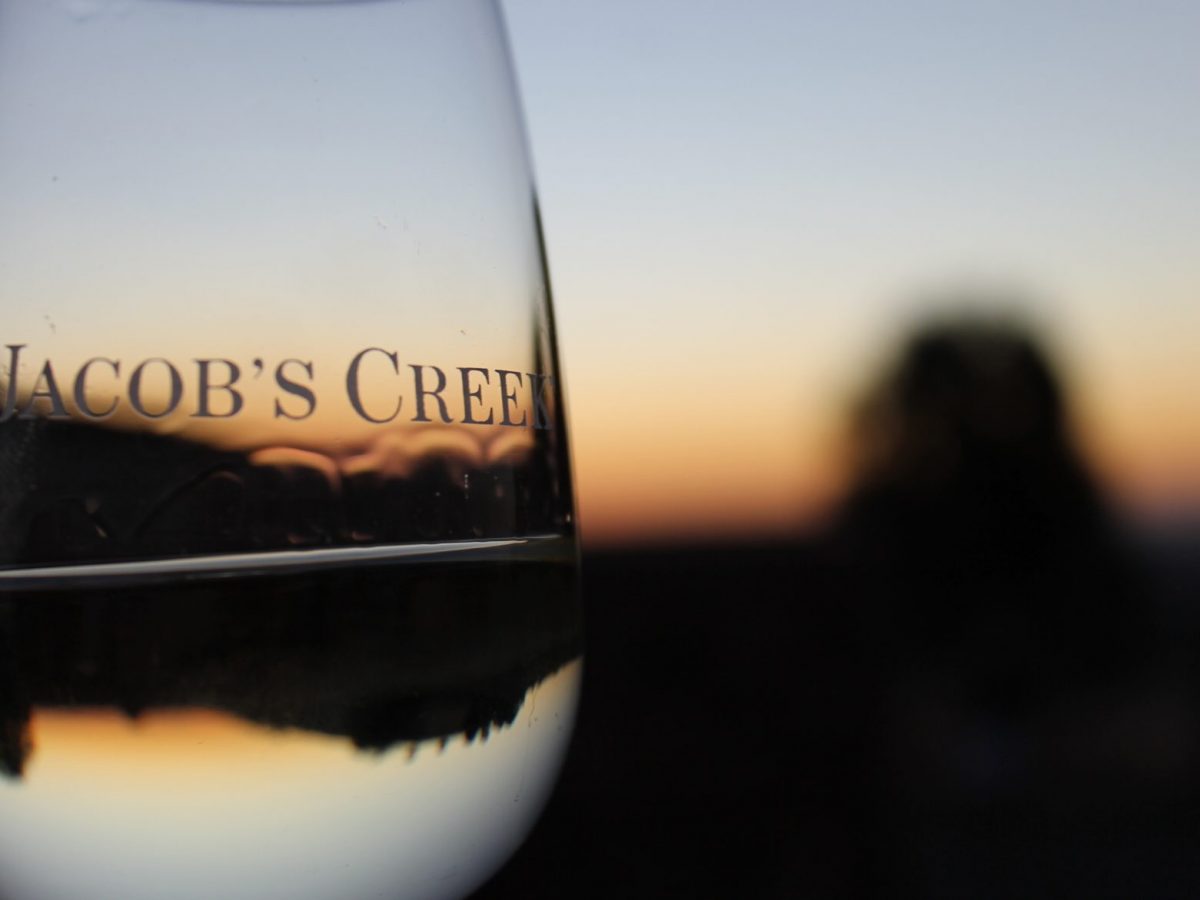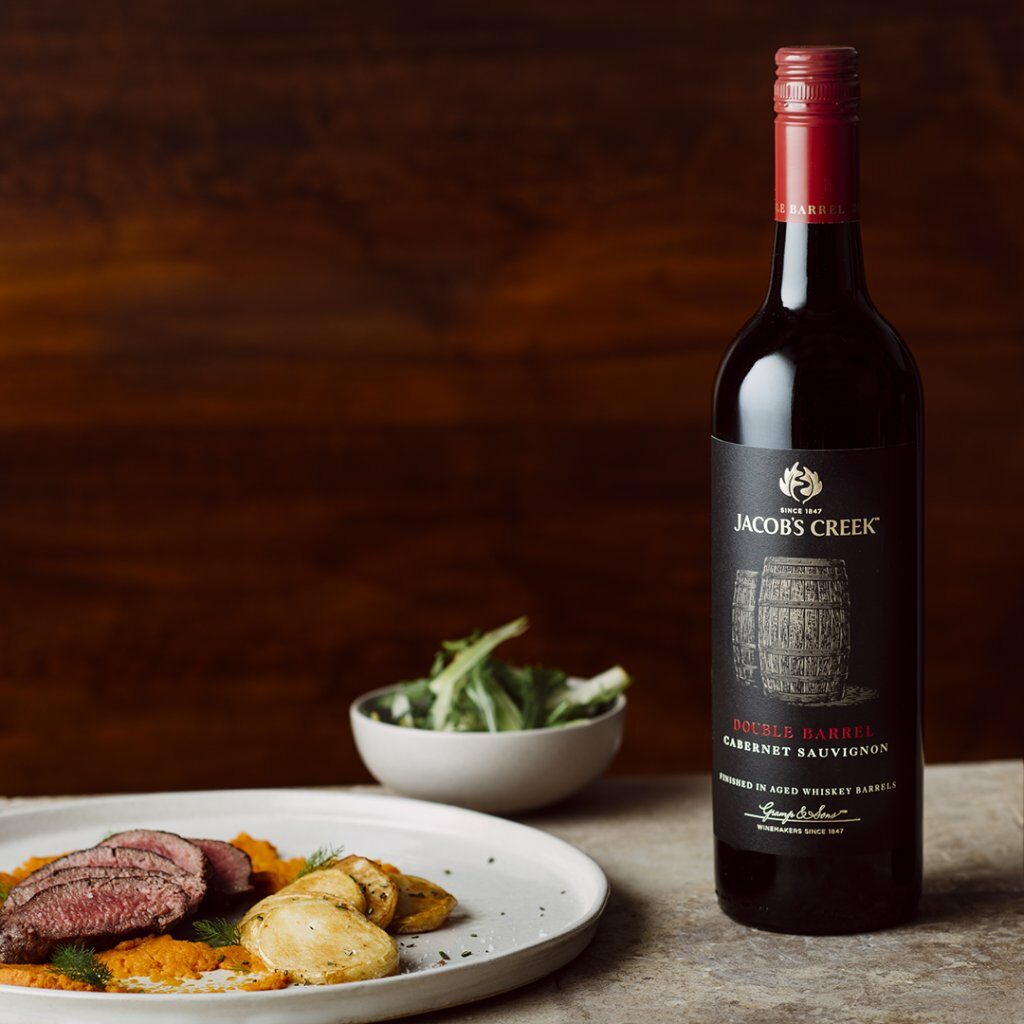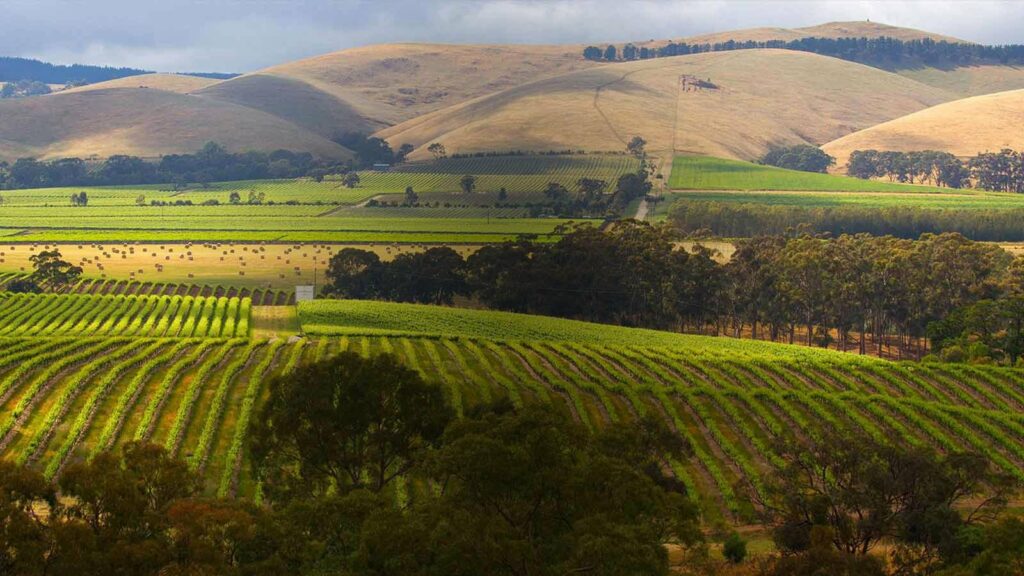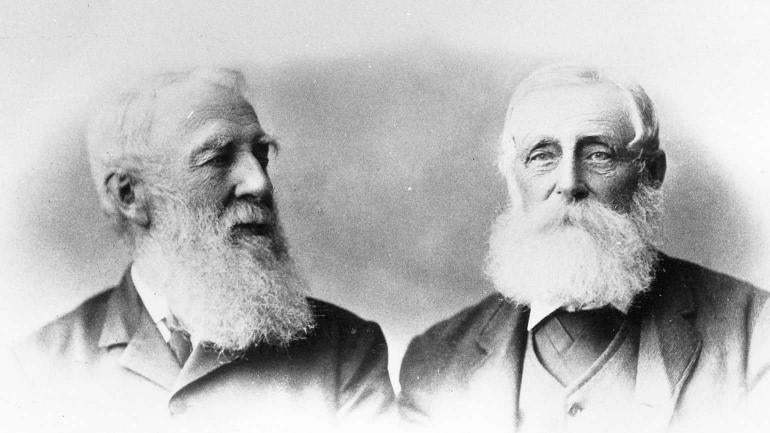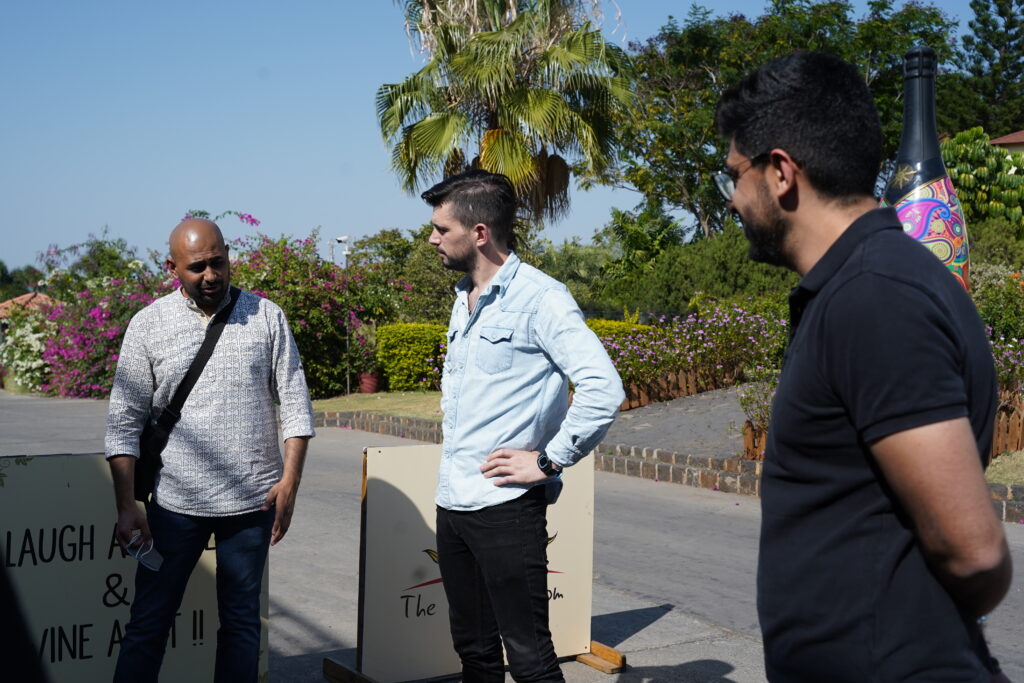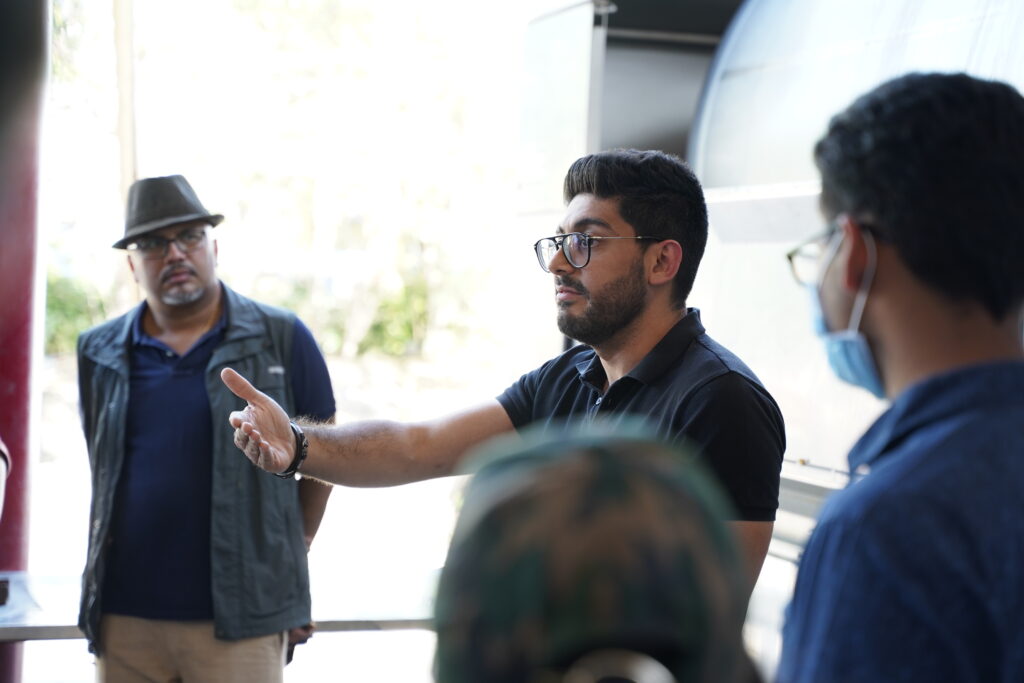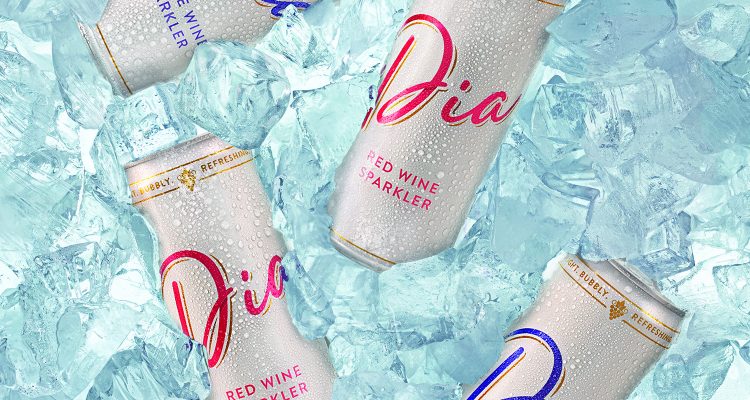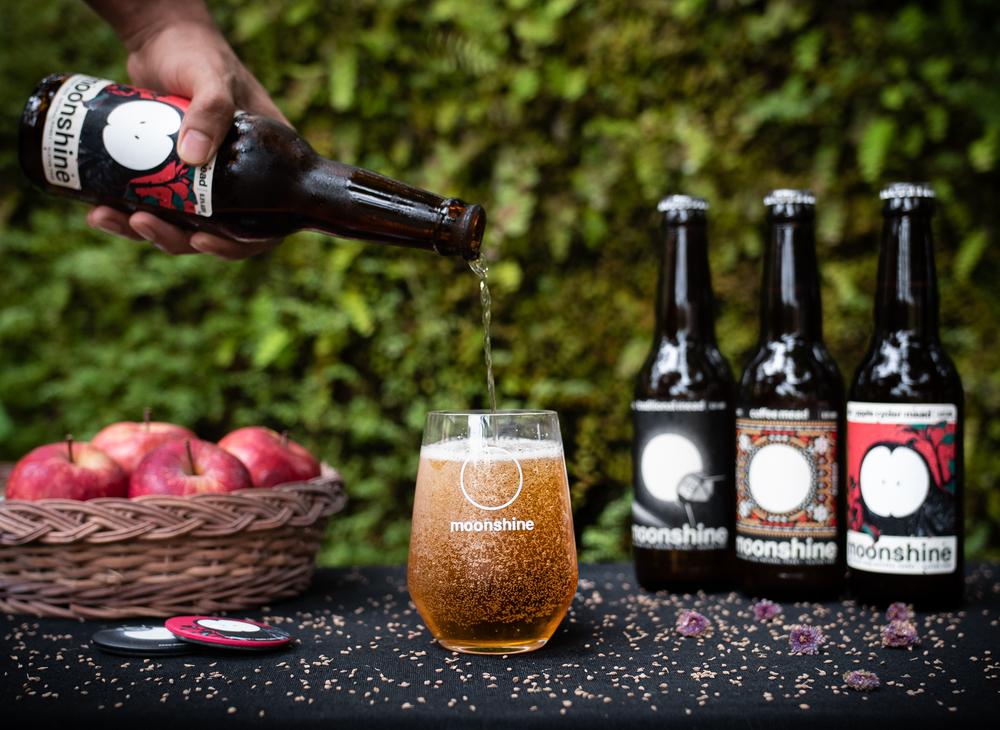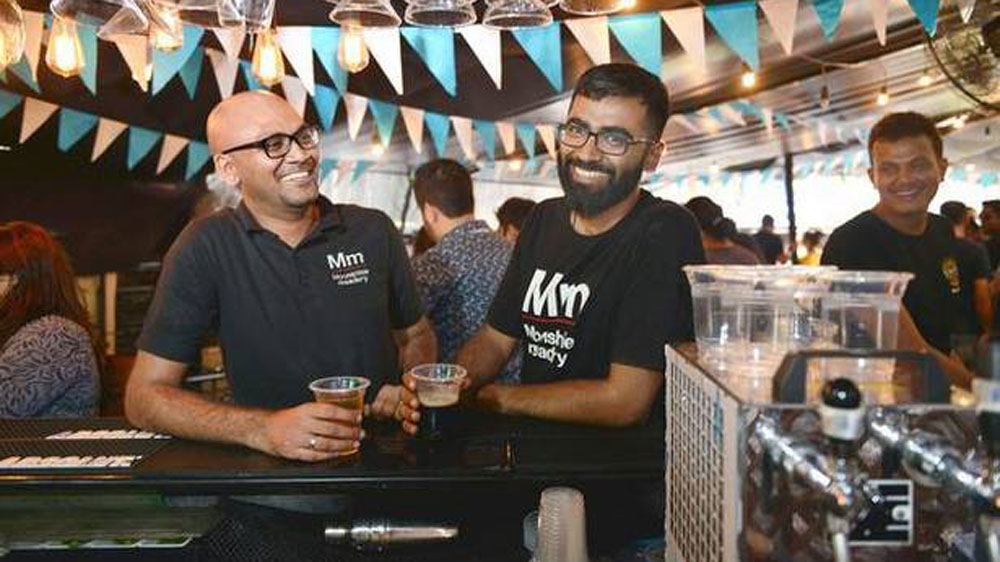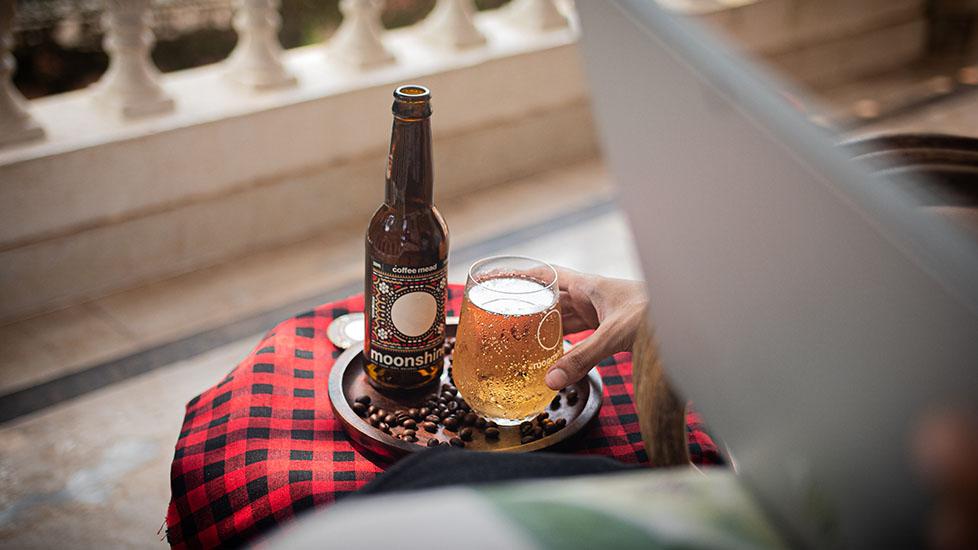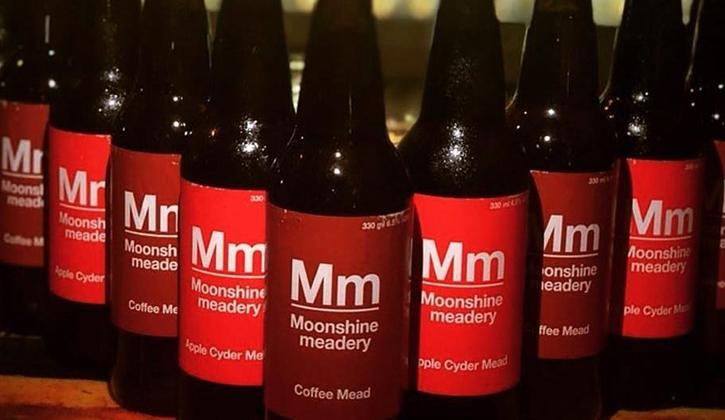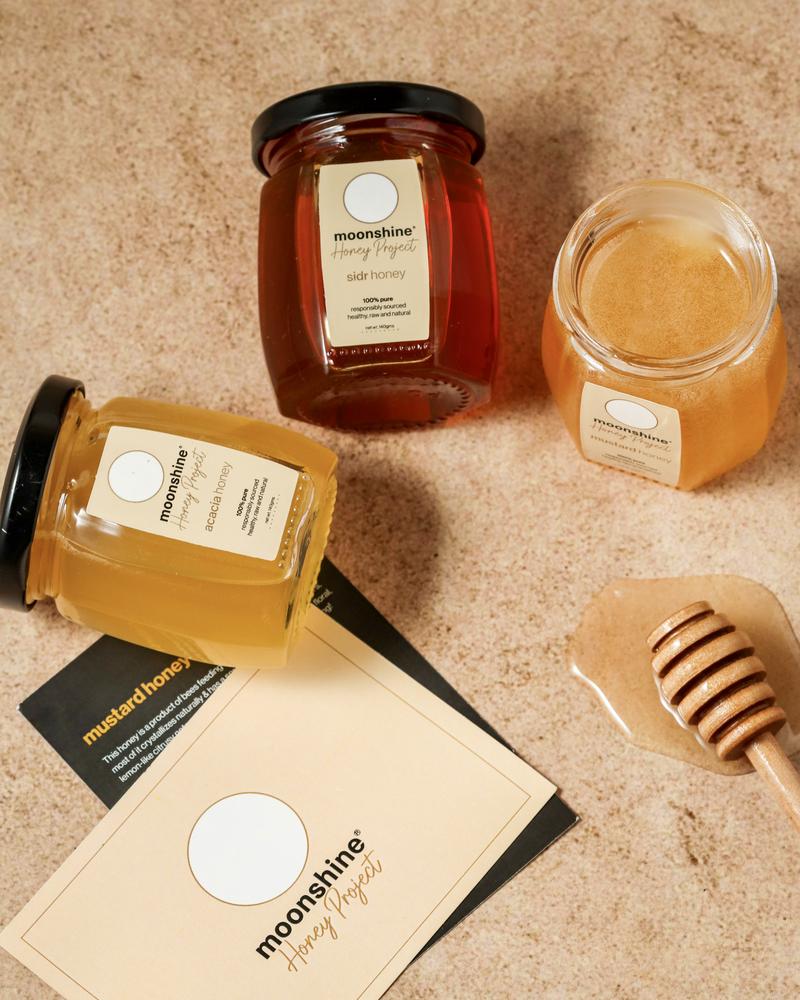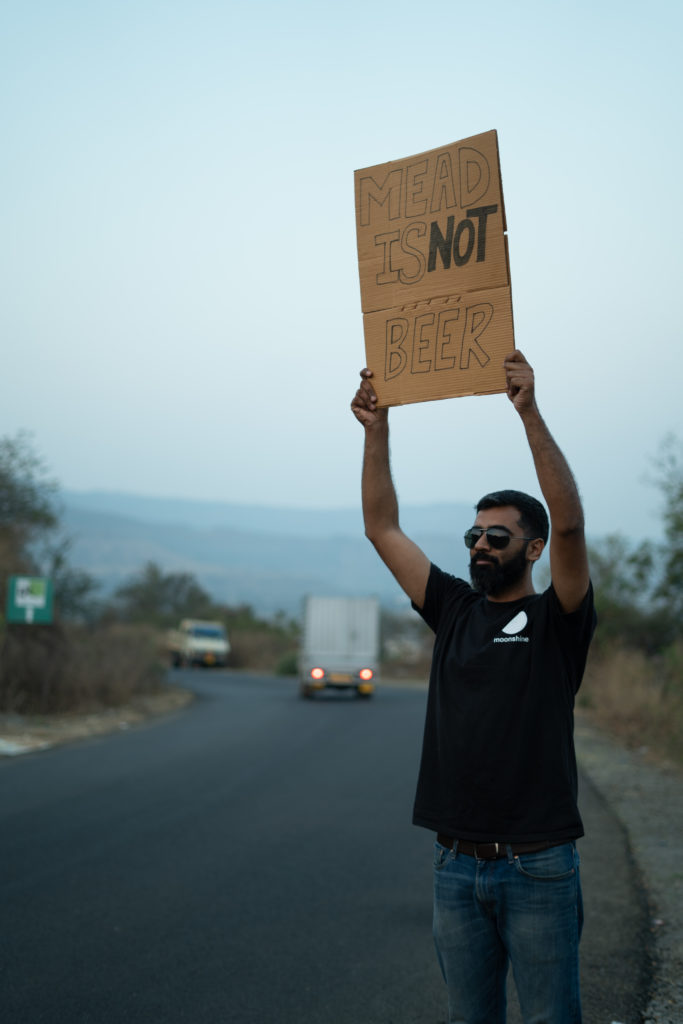The world’s biggest whisky market is taking to Japanese whisky with much enthusiasm, though the high prices are a significant barrier.
It is something unique to well-crafted Japanese whiskies — mysticism often supersedes their personality. They enjoy a somewhat cult following, so much so that spotting them on the shelf is at times a rarity. I thought that was an exaggeration until my brother, who was on a business trip to Japan, couldn’t score two bottles of the most decent pickups. But now, as the heart grows dearer for Japanese whiskies, so does their lineup. More brands are being launched in India than anyone would have thought even a few years ago.
After nearly a century of importing and bottling Scotch, the Japanese have, in recent times, moved towards creating unique Japanese whiskies with their own rules and appellations. It stipulates that to be labelled ‘Japanese whisky’, the spirit must be distilled from malted barley, using local water, and be fermented, distilled, aged, and bottled in Japan. They must also be aged in wooden casks for three years and bottled at a minimum of 40 per cent abv.
But what makes them so special? Firstly, when it comes to fauna, fresh air, and water, which are the backbone of any spirit production endeavour, Japan is as uniquely placed as Scotland. The vegetation and climate in the northern stretches of the country are quite like that of Scotland. However, the country’s four distinct seasons — spring, summer, fall, and winter — infuse Japanese whisky some unique characteristics that make it different from Scotch. Add to this the minerals-free water that is a Japanese speciality and the distinctly Japanese wood obtained from Mizunara trees used for making the casks in which the whisky is aged. The Mizunara, also known as Japanese oak, has to be 200 years old before its wood is turned into whisky casks, making them as rare as the whisky.
Then, there is the secrecy of the Japanese distillers. Whereas in Scotland, distillers freely exchange their liquids for making blended whiskies, the Japanese keep their library secret and are loathe to trade. All this is complemented by the country’s famously perfectionist approach to everything. Despite all this, however, it was only in 2014 when whisky guru Jim Murray declared Yamazaki Single Malt Sherry Cask 2013 to be the World Whiskey of the Year in his Whiskey Bible 2015 that the world discovered Japanese whisky. Demand has since soared to a level that has consistently exceeded supply, making them rare and more desirable.
Indian taxes are enough to mar the joy of a good spirit making Japanese whiskies out of reach of most unless you buy them from Duty Free. Further, fine Japanese whiskies are allocated to India in such small numbers that their tag often supersedes their value, landing in the hands of only a few. Who’s to stop Indians from enjoying a discerning dram? A few years ago, Beam Suntory introduced their Yamazaki 12-year-old Single Malt and Hibiki 17 Blended whisky in India, and last year came Toki, their more value-for-money proposition. And a few months ago, the company announced the launch of two limited edition labels in Indian Duty-Free stores. Now, Peak Spirits have announced the arrival of Komagatake Single Malt & Iwai Whiskies from Japan’s highest located Mars Shinshu Distillery in the Indian market.
So, what should you be relishing, you ask? Here’s what’s on our shopping list:
YAMAZAKI 55 YEARS OLD
Rs 46,59,000 (Duty Free)
Probably the most expensive whisky sold in India, it is a blend of precious single malts originally crafted by the founder, Shinjiro Torii, in 1960, and the oldest release in the house’s history. The spirit has been aged for over 55 years in Mizunara (Japanese) oak, and finally finished in white oak. A lot of 100 bottles was first released locally, and now the second batch of 100 is travelling around the world, some docking in Indian Duty-Free. The signature depth, complexity, and finesse from the house of Suntory create its foundation, further accentuated with the play of time and nature. You’re not drinking whiskey; you’re drinking history, and the continuity of a family’s guarded tradition over generations.
HIBIKI 21 YEARS OLD
Rs 49,990 (Duty-Free)
Called the pinnacle of the art of Japanese whiskies, Hibiki 21 is also a limited release that’s reached India only recently, with a limited supply. A blend of grain and malt whiskies, Hibiki means harmony in Japanese, which is precisely what it delivers. It’s a celebration of the fine art of putting numerous fine spirits together to create one that inspires.
YAMAZAKI 12 YEARS OLD
Rs 11,000 (Gurugram)
A product of Japan’s pioneering single malt distillery, Yamazaki expresses the melange of fruits, earth, and the famed Mizunara oak hues. There’s a burst of tropical fruits that make way for sweet spices and citruses, ending on Japanese oak perfume. For many, this is the very definition of Japanese whisky in India, and deservingly so.
HIBIKI HARMONY
Rs 10,500 (Gurugram)
Created in 1989, the Hibiki label is a testimony to the meticulous art of putting the finest spirits together. The balance has made it amongst the world’s most prestigious and honoured whiskies. The sweet notes of honey, candied citruses, and white chocolate, marry with those of rich florals, expressing their personality over a long finish, completed by the signature Mizunara oak. When in doubt, turn to Hibiki Harmony with a dash of water, and it’ll liven up the palate.
TOKI
Rs 3,200 (Gurugram)
This is the most accessible Japanese whisky in the Indian market currently. A blended spirit, it’s an effortless sipper with all the pillars that a Japanese whisky stands on. A non-age statement from the house, it offers a mysterious play of bittersweet citruses, basil peppermint freshness, ending on a somewhat familiar tone of oak, pepper, and ginger. Serve it as a highball with juliennes of ginger and an orange slice, and let it show what Japanese youth in a bottle is.
IWAI MARS WHISKY
Rs 4,500 (Gurugram)
Made in Japan’s highest located distiller, it was crafted by Kiichiro Iwai and draws inspiration from the greatest of American whiskies. Made primarily from corn, followed by malt and rye, aged in ex-Bourbon barrels, Iwai is quintessentially East meets West. Drink it a highball, a Bourbon Julep, or an Old Fashioned, and see it shine.
IWAI TRADITION MARS WHISKY
Rs 5,500 (Gurugram)
Inspired from the blended Scotch template, Iwai Tradition captures the confluence of malts that are carefully aged in a mix of Sherry, Bourbon, and Wine casks, accentuated with a kiss of peat at the very end. The result — tartness of cherries, the sweetness of toffee, and the lingering flirt of ginger & spices.
KOMAGATAKE SINGLE MALT WHISKY
Rs 19,000 (Gurugram)
Located between Japan’s soaring Southern Alps and the towering Central Alps, at just over 2,600 feet, the Mars Shinshu distillery enjoys a cool temperature, offering slow maturation and an abundance of soft granite filtered snowmelt fed aquifers. Considered amongst the rarest of Japanese whiskies, its label changes every year along with its blend. It opens with a burst of sweet flavours of quince, melon, and tropical fruits, leading to nuttiness, of which hazelnut dominates, a Sherry oxidative hue, and a pleasantly smooth finish.
First published in Mans World India , 2021

